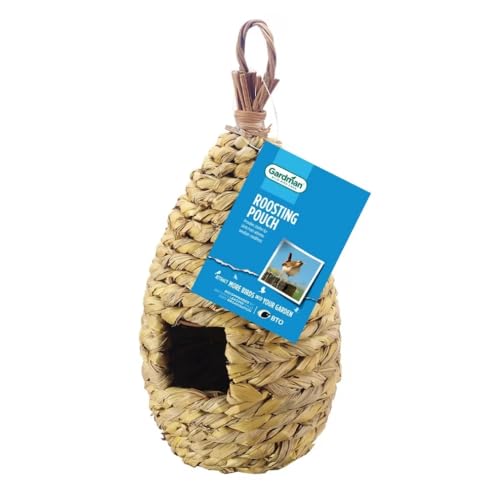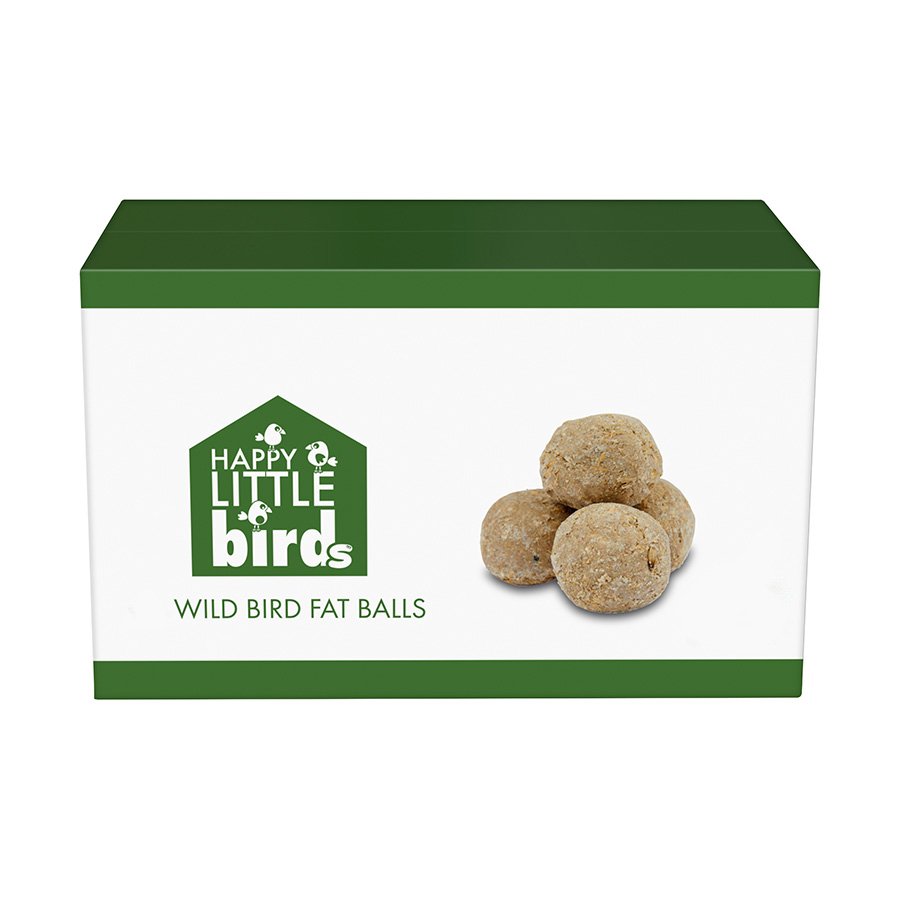How to protect garden wildlife during snow - what to do to help birds and hedgehogs this winter
It's not just us who want to escape the cold this month
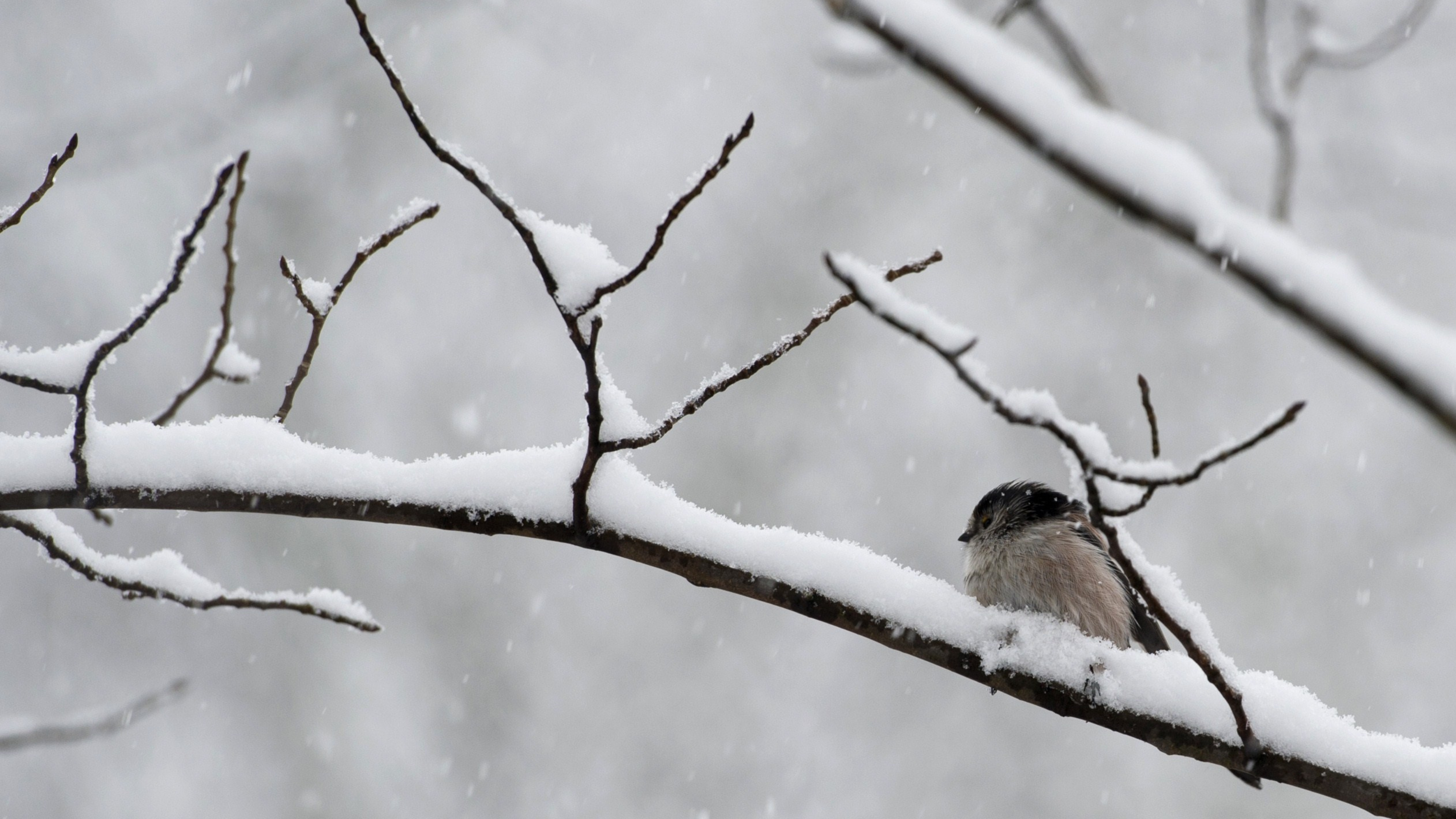

This week you’ve probably looked out the window and seen some form of sleet, snow or rain. The exact amount of snow (or no snow) we’ve all had depends on where you are in the country, but one thing we can all agree on is that it is bitterly cold - and it is particularly cold for our garden wildlife.
Garden wildlife are a vital part of any garden and can bring your wildlife garden ideas to life. We need insects and birds to pollinate plants and to act as natural predators to control garden pests.
But as winter draws in, and blistering snow hits parts of the country, it’s vital we give our garden wildlife a helping hand so that they can survive cold, snowy winters. Here’s everything you need to do.
Which garden wildlife needs our help?

In winter, birds, hedgehogs, squirrels and frogs all struggle due to scarce food supplies and lack of shelter during the winter months.
Like us, birds, hedgehogs and squirrels are all warm-bodied animals, so when the temperature really drops, it’s important they have enough food and shelter to keep them warm.
‘In the colder months, small birds can lose up to 10% of their body mass on a freezing night, and they must quickly replenish those lost calories at dawn to survive the day and gear up for another frigid night,’ says Sean McMenemy, nature expert and founder of Ark Wildlife.
Hedgehogs can get frostbite or even freeze if their body temperature drops below four degrees, which puts them at greater risk during snowy weather. Hedgehogs tend to hibernate between October and April, and extreme weather conditions such as flooding - as seen across the UK this week - can put hedgehogs at risk as they can’t escape the cold while sleeping.
It sounds quite bleak, but luckily, there are plenty of easy steps we can take to help beloved garden wildlife.
What should we do?

Check food and water supply
Holly Jones, Sales & Marketing Manager Garden Street recommends increasing the food and water supply and providing shelter for critters in your garden.
For feeding birds in winter: ‘offer high-energy foods like sunflower seeds, fat balls, and mealworms,’ they said. Meanwhile, give squirrels: ‘unsalted nuts, fruits, and seeds.’
Finally for hedgehogs: ‘Put out cat or dog food (not fish-based) and fresh water.’
While it can be easy to assume critters need more water during summer heatwaves, it’s just as important during freezing and snowy weather.
‘Keep an eye on the water to make sure it doesn’t freeze solid. A little trick is to pop a ping pong ball in the water, the movement will help stop the surface from icing over. If it does freeze, just gently break the ice or add some fresh water and your feathered friends will flock to their chilly watering hole in no time,’ says Sean.
‘If you have a pond, keeping part of it ice-free during winter is super important for all the amphibians, fish, and other wildlife that call it home. A floating ball or a pond de-icer can create a little opening in the ice, allowing oxygen to flow into the water and preventing harmful gases from building up beneath the surface,' adds Sean.
‘If your pond does freeze, resist the urge to smash the ice – this can send shockwaves through the water, potentially harming the creatures underneath. Instead, gently place a warm pan of water on the ice to melt a small hole naturally.’
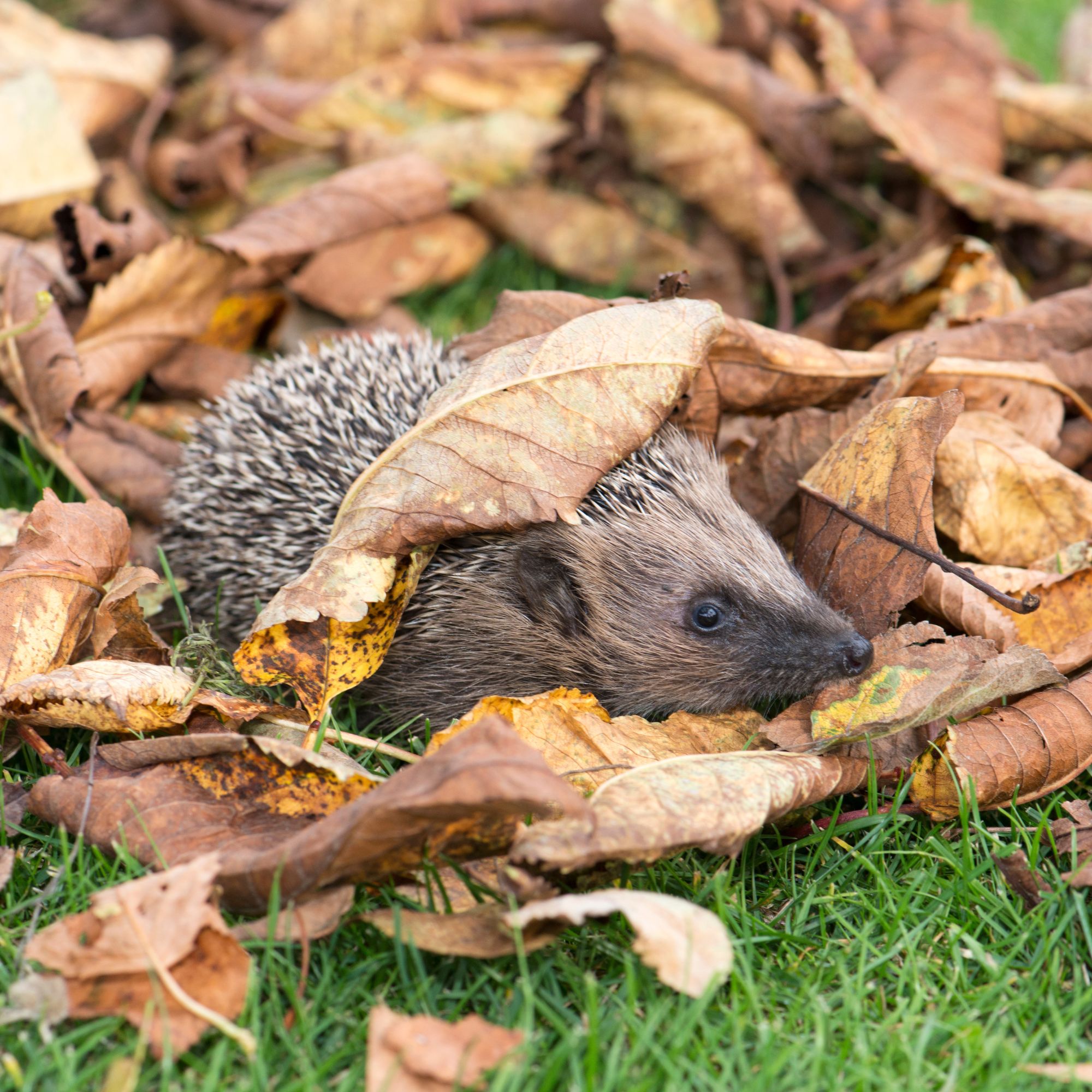
Provide shelter
Providing shelter allows somewhere safe and warm for garden wildlife to rest and hunker down from the cold.
‘A well-placed roosting pouch gives small birds like robins, tits and sparrows a safe, snug space to roost when the weather turns rough,’ says Sean. If you have a bird box already make sure that you prepare your bird box for winter with insulation and placing away from predators.
When providing shelter for hedgehogs it's all about the hedgehog box. ‘One of the simplest ways to help is providing hedgehogs with a hedgehog house,' explains Sean. 'You can simply leave a corner of your garden wild with sticks, logs and garden debris to create a comfy hideaway where hedgehogs will feel right at home!’
All these measures are simple and easy to apply to your garden. But by taking these small measures, you could be giving your garden wildlife a much-needed boost this January.
What you need
If you're looking to help garden wildlife this winter, investing in the following features will cement your garden as a sanctuary for wildlife.
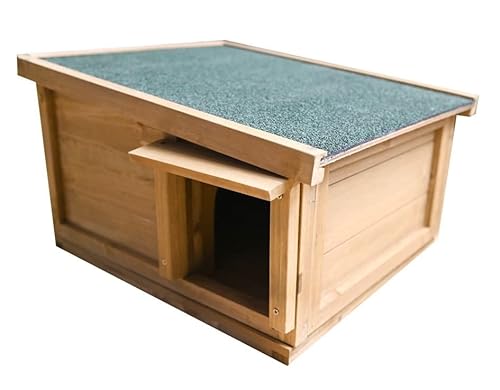
Hedgehog houses are safe places for hedgehogs to hibernate and shelter from cold weather and predators. Just fill with a layer of dry leaves so they can snuggle up.
Get the Ideal Home Newsletter
Sign up to our newsletter for style and decor inspiration, house makeovers, project advice and more.

Kezia Reynolds joined the Ideal Home team as News Writer in September 2024. After graduating from City, University of London in 2022 with a bachelor’s degree in journalism, Kezia kicked off her career spending two years working on women’s weekly magazines. She is always on the lookout for the latest home news, finding you the best deals and trends - so you don’t miss a thing!
-
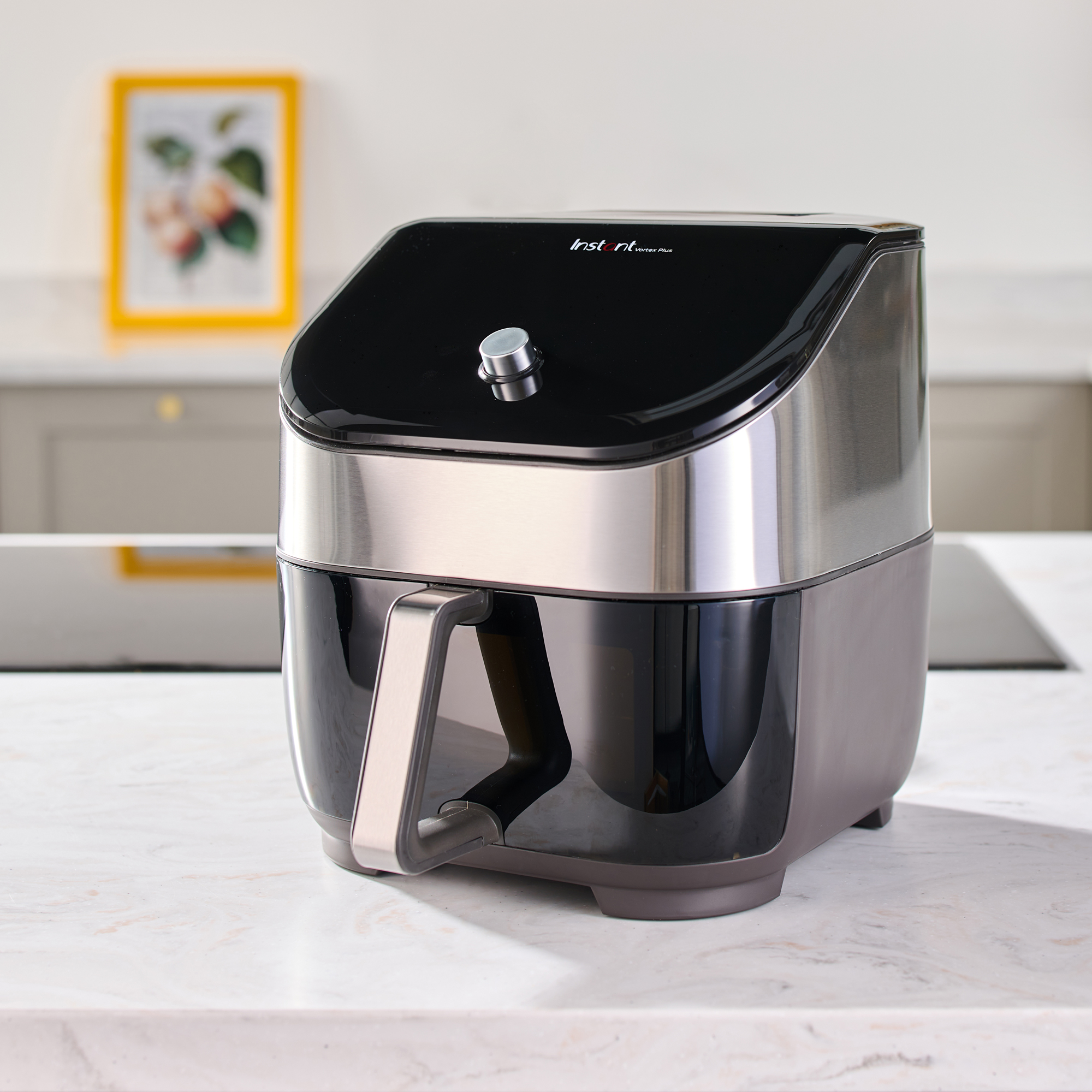 Should an air fryer be on display in a kitchen or hidden away? This is why I always keep my small appliances on the worktop
Should an air fryer be on display in a kitchen or hidden away? This is why I always keep my small appliances on the worktopAre you on team display or neatly hidden away? Share your opinion in the comments
By Rebecca Knight
-
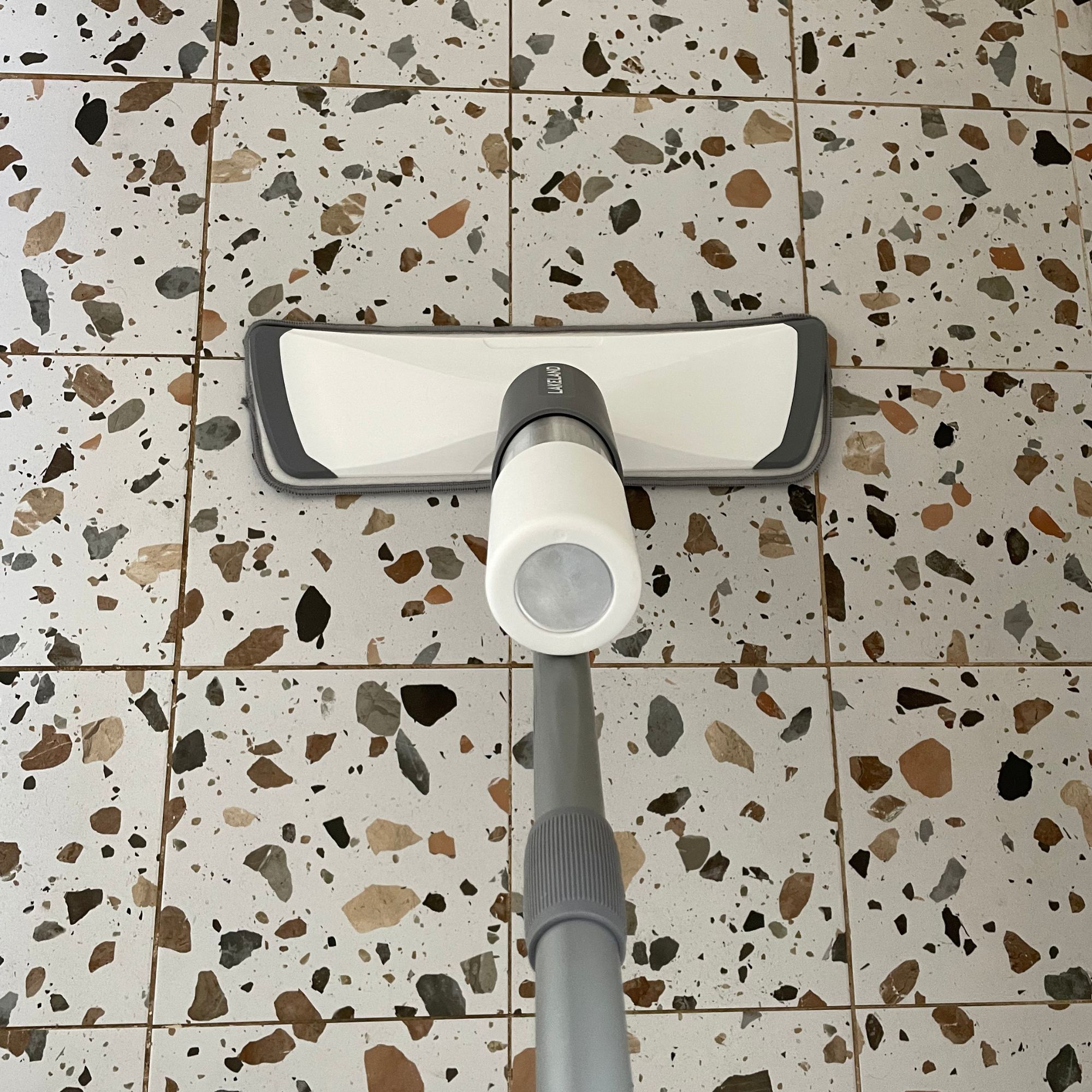 Experts warn that these 5 mopping mistakes are making your floors dirtier — and damaging your floors in the process
Experts warn that these 5 mopping mistakes are making your floors dirtier — and damaging your floors in the processThis is how to keep them clean and avoid costly damage
By Lauren Bradbury
-
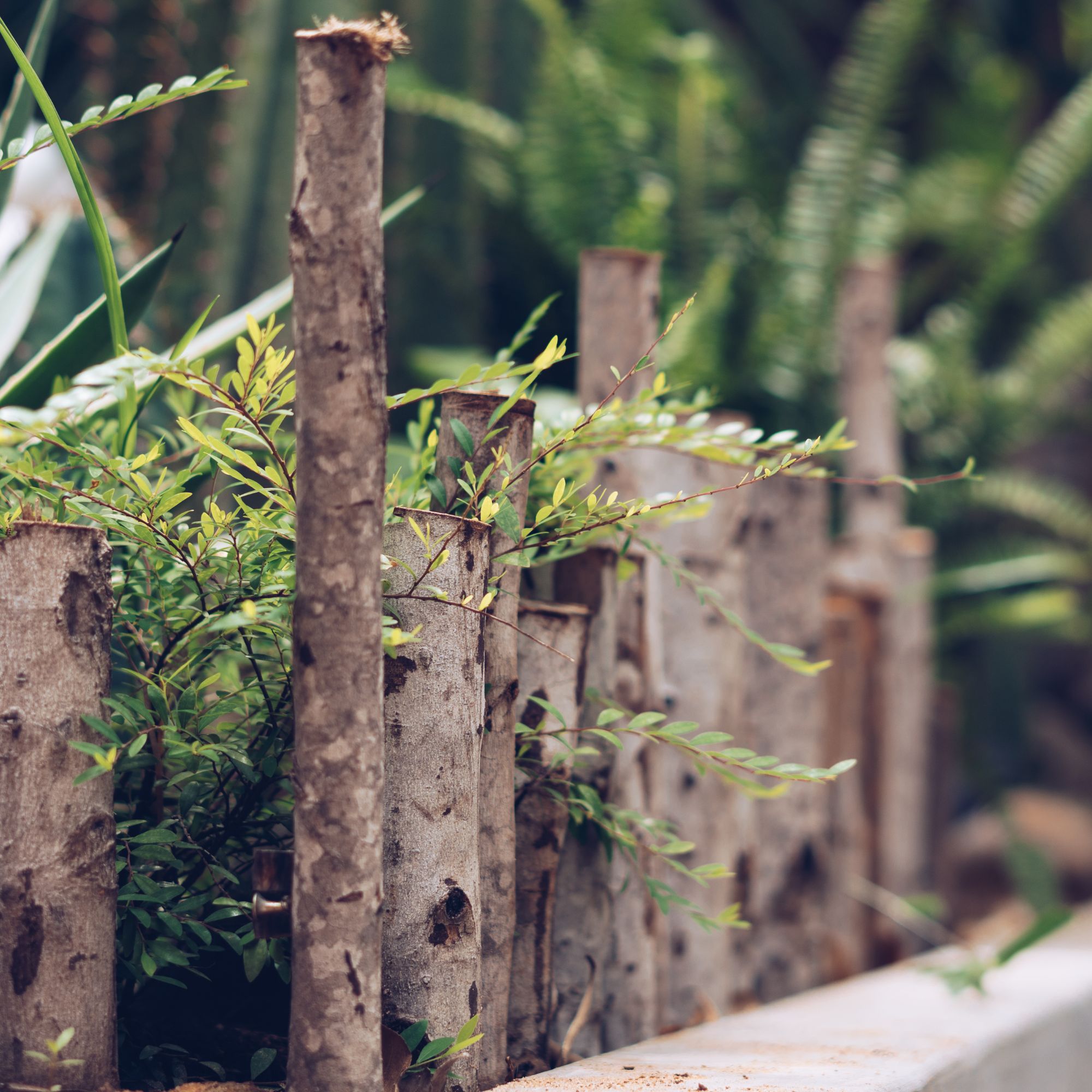 Move over, fences – dead hedges are the wild and wonderful alternative your garden will love and they're easier to build than you'd think
Move over, fences – dead hedges are the wild and wonderful alternative your garden will love and they're easier to build than you'd thinkThe perfect eco-friendly solution for small gardens
By Kayleigh Dray
-
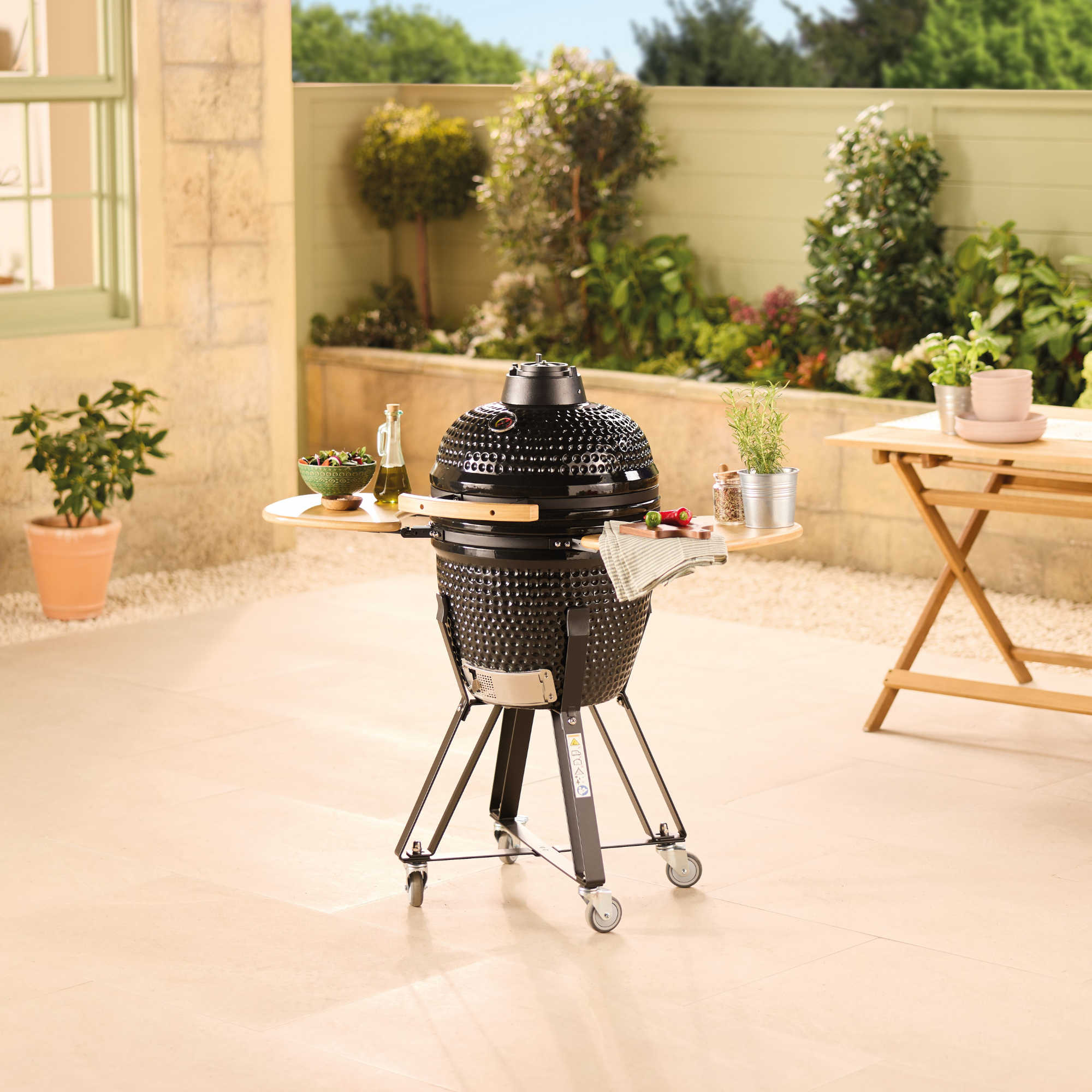 Aldi’s cult Kamado BBQ is returning to stores and it's £100 cheaper than last time
Aldi’s cult Kamado BBQ is returning to stores and it's £100 cheaper than last timeThis budget BBQ is only a fraction of the price of this celebrity favourite
By Kezia Reynolds
-
 Shoppers can’t get enough of The Range’s lemon tree, but I’ve found an even cheaper bestseller at B&Q - it’s perfect for a Mediterranean look
Shoppers can’t get enough of The Range’s lemon tree, but I’ve found an even cheaper bestseller at B&Q - it’s perfect for a Mediterranean lookWelcome the summer with this glorious fruit tree
By Kezia Reynolds
-
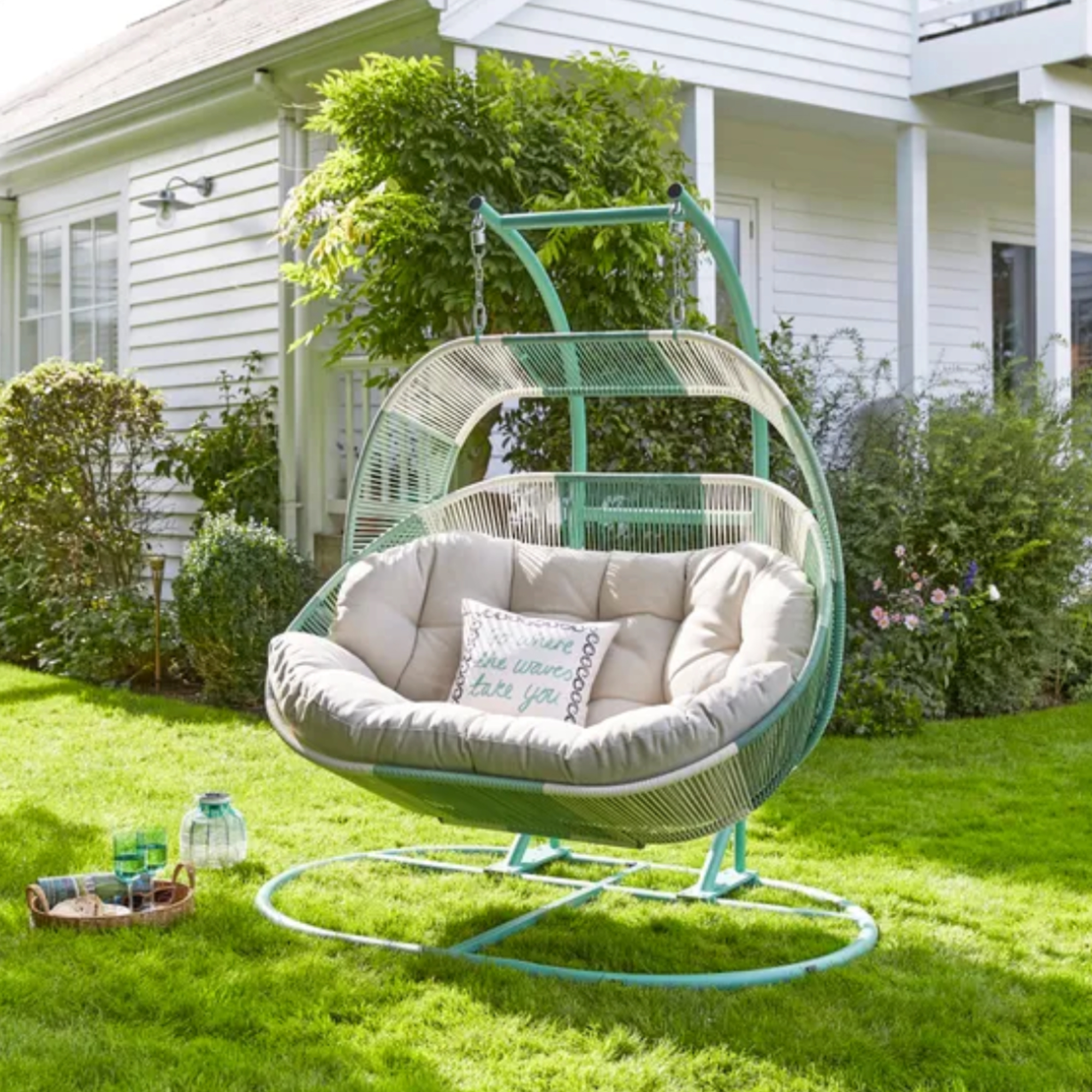 I'm a stylist with an eye for expensive-looking high street finds – these 6 garden furniture pieces at Dunelm are on my radar
I'm a stylist with an eye for expensive-looking high street finds – these 6 garden furniture pieces at Dunelm are on my radarThese pieces all look more than their price tag
By Laurie Davidson
-
 The 6 outdoor lights from Habitat that I'm choosing between to make my outdoor space look more expensive this summer
The 6 outdoor lights from Habitat that I'm choosing between to make my outdoor space look more expensive this summerI couldn’t believe some of the prices
By Ellis Cochrane
-
 Aldi is launching a £200 day bed with four different features - its sleek design is suited to the whole family
Aldi is launching a £200 day bed with four different features - its sleek design is suited to the whole familyYou don't want to miss out on this Specialbuy
By Kezia Reynolds
-
 I’m seeing pastel garden furniture at all my favourite brands this spring, but QVC’s sorbet collection impressed me the most
I’m seeing pastel garden furniture at all my favourite brands this spring, but QVC’s sorbet collection impressed me the mostFresh pastel shades are a great way to liven up your outdoor space
By Kezia Reynolds
-
 I spent the afternoon looking through Wayfair's garden sale – these are the 6 pieces I'm buying immediately for summer
I spent the afternoon looking through Wayfair's garden sale – these are the 6 pieces I'm buying immediately for summerThese are my must-have garden buys from the sale
By Holly Reaney
-
 I’ve found the perfect alternative to John Lewis’ sold-out striped garden chair – and you won’t believe where it's from
I’ve found the perfect alternative to John Lewis’ sold-out striped garden chair – and you won’t believe where it's fromJohn Lewis' Sling Garden Chair is one of the most stylish pieces of garden furniture I'd seen – until I tracked down this QVC lounge chair...
By Kezia Reynolds
